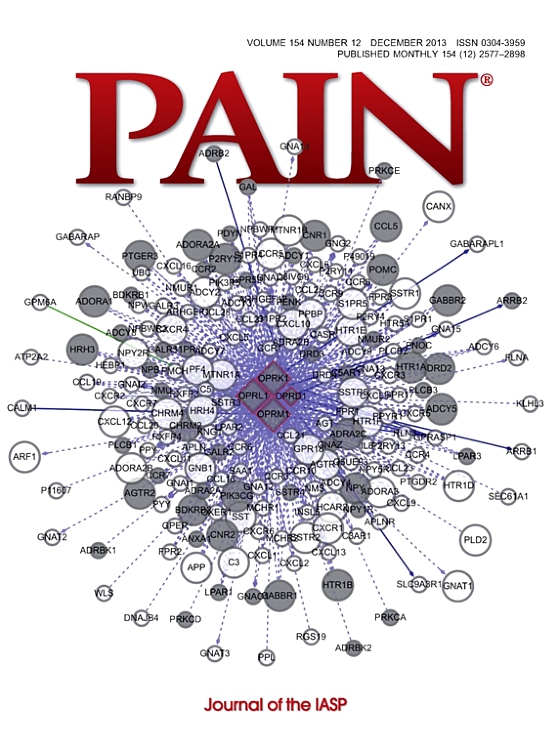A combined activity of peripheral nociceptive and nonnociceptive neurons is necessary to trigger spinal microglial reactivity and sustained pain.
IF 5.5
1区 医学
Q1 ANESTHESIOLOGY
引用次数: 0
Abstract
Abnormal activity in injured nerve fibers triggers spinal microglial reactivity, a critical step in the development of chronic postoperative pain. It remains unclear whether spinal microglia respond to inputs from nociceptive fibers alone or require combined activity from nociceptors and nonnociceptors. Using electrical and optogenetic approaches, we selectively activated different fiber subtypes without causing neuronal injury. Our findings demonstrate that only simultaneous activation of both nociceptive and nonnociceptive fibers induces sustained hypersensitivity and a spinal microglia response. This response is characterized by increased cell proliferation, altered electrophysiological profile with hyperpolarized membrane potential, increased potassium currents, and a less ramified morphology. In contrast, activation of nociceptive or nonnociceptive fibers alone does not induce these changes. In addition, inhibiting spinal microglia with minocycline prevents those changes. Overall, our study suggests that both types of peripheral sensory input are necessary to elicit microglial reactivity in the spinal cord and the subsequent development of sustained pain-related behavior.外周伤害性和非伤害性神经元的联合活动是触发脊髓小胶质反应和持续疼痛所必需的。
损伤神经纤维的异常活动引发脊髓小胶质反应,这是慢性术后疼痛发展的关键步骤。目前尚不清楚脊髓小胶质细胞是否仅对来自伤害性纤维的输入作出反应,还是需要伤害性感受器和非伤害性感受器的联合活动。利用电和光遗传学方法,我们选择性地激活了不同的纤维亚型,而不会造成神经元损伤。我们的研究结果表明,只有同时激活伤害性和非伤害性纤维才能诱导持续的超敏反应和脊髓小胶质细胞反应。这种反应的特征是细胞增殖增加,电生理谱改变,膜电位超极化,钾电流增加,分叉形态减少。相反,单独激活伤害性或非伤害性纤维不会引起这些变化。此外,用二甲胺四环素抑制脊髓小胶质细胞可以防止这些变化。总的来说,我们的研究表明,这两种类型的外周感觉输入对于引起脊髓中的小胶质反应和随后持续疼痛相关行为的发展是必要的。
本文章由计算机程序翻译,如有差异,请以英文原文为准。
求助全文
约1分钟内获得全文
求助全文
来源期刊

PAIN®
医学-临床神经学
CiteScore
12.50
自引率
8.10%
发文量
242
审稿时长
9 months
期刊介绍:
PAIN® is the official publication of the International Association for the Study of Pain and publishes original research on the nature,mechanisms and treatment of pain.PAIN® provides a forum for the dissemination of research in the basic and clinical sciences of multidisciplinary interest.
 求助内容:
求助内容: 应助结果提醒方式:
应助结果提醒方式:


